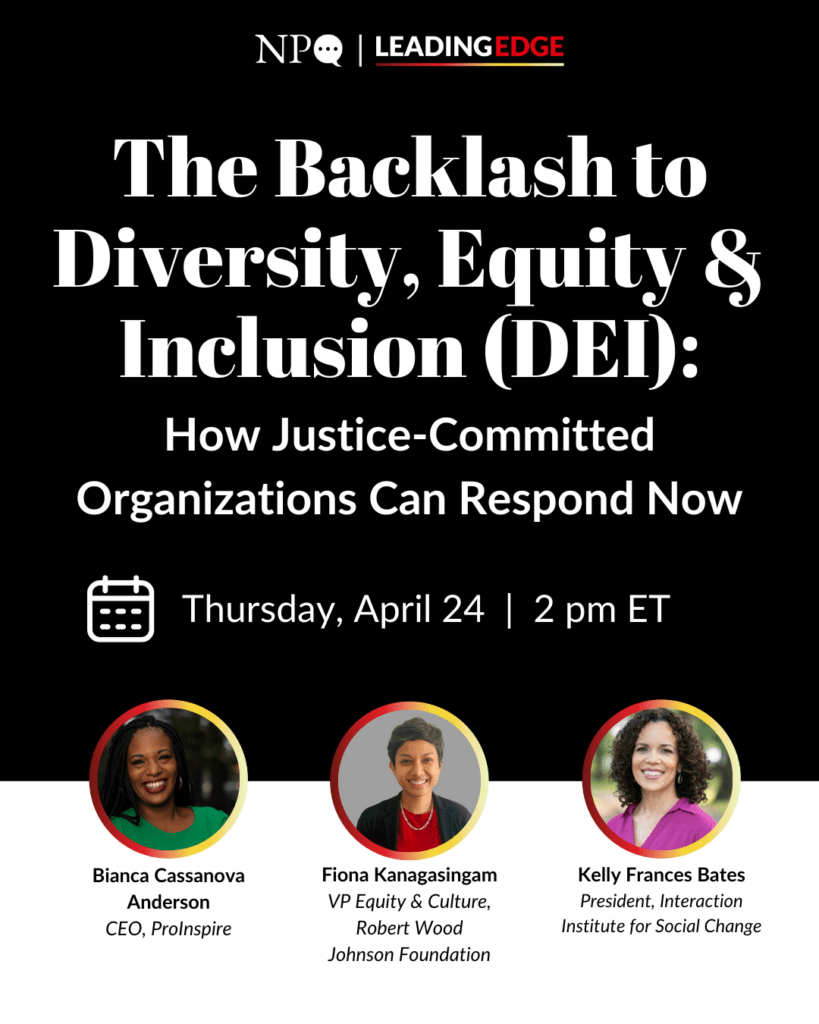December 10, 2013; Arizona Star
How many underinsured and uninsured people will get coverage with the expansion of Medicaid eligibility to people up to 138 percent of the poverty level? In Arizona, where staunch Republican governor Jan Brewer broke with her Republican gubernatorial peers in other states to accept the expanded program, there is no agreement about the potentially increased Medicaid rolls.
The National Center for Policy Analysis, a politically conservative self-described “free market think tank,” no fan of the Affordable Care Act, issued a paper this week which said not only that Medicaid expansion will reduce the number of privately insured people by 333,000 in 2014, but that the number of Medicaid participants will increase by 1.07 million people, a jump of some 90 percent above the current enrollment of 1.3 million.
According to the Star, the current Medicaid income threshold is $19,530 for a family of three; at 138 percent of the poverty level, it would be $26,951. Presumably, the NCPA researchers, who include one Michael Bond, a senior finance lecturer at the University of Arizona, believe that a large number of people between 100 and 138 percent of the poverty level have been able to buy private health insurance prior to the advent of the Affordable Care Act, or perhaps they are guesstimating that many of these people are the working poor, but even so may be receiving healthcare coverage of some sort through their employers. In any case, the NCPA uses a simulation model, with assumptions that are not described in the paper, to come up with its estimates of the large infusion of people into Arizona’s expanded Medicaid system.
Brewer’s press aide Andrew Wilder said that the figure of 1.07 million new people joining Medicaid makes no sense, suggesting that the state believes the increase will be roughly a third of that—57,000 people in the state with incomes between 100 and 138 percent of the poverty level, plus 240,000 childless adults below the poverty level who have been previously excluded from Medicaid by state policy. Bond, on the other hand, contended that one third of the 1.07 million are people who previously had private insurance but will switch to Medicaid. Matthew Benson of the Arizona Hospital and Healthcare Association, a group on record as supporting the Medicaid expansion, said that the NCPA researchers are “seemingly pulling a lot of these figures out of the air.”
The estimate that some 333,000 people with incomes below 138 percent of poverty were covered by private insurance doesn’t feel accurate. If one looks to the Kaiser Family Foundation’s report on health insurance premiums for 2013, combining its tables for the average annual and monthly premiums for covered workers for single and family coverage and the average percentages of premiums paid by covered workers (18 percent for single coverage and 29 percent for family coverage), the cost of health care coverage would typically look like this chart:
|
Average Monthly and Annual Premiums for Covered Workers, Single and Family Coverage, by Plan Type, 2013 |
||
|
Average amount paid |
||
|
Annual |
by covered workers |
|
|
HMO |
||
|
Single Coverage |
$6,029 |
$ 1,085 |
|
Family Coverage |
$16,543 |
$ 4,797 |
|
PPO |
||
|
Single Coverage |
$6,031 |
$ 1,086 |
|
Family Coverage |
$16,671 |
$ 4,835 Sign up for our free newslettersSubscribe to NPQ's newsletters to have our top stories delivered directly to your inbox. By signing up, you agree to our privacy policy and terms of use, and to receive messages from NPQ and our partners. |
|
POS |
||
|
Single Coverage |
$5,972 |
$ 1,075 |
|
Family Coverage |
$16,429 |
$ 4,764 |
|
HDHP/SO |
||
|
Single Coverage |
$5,306 |
$ 955 |
|
Family Coverage |
$15,227 |
$ 4,416 |
|
ALL PLAN TYPES |
||
|
Single Coverage |
$5,884 |
$ 1,059 |
|
Family Coverage |
$16,351 |
$ 4,742 |
|
Adapted from: Kaiser/HRET Survey of Employer-Sponsored Health Benefits, 2013. “Amount paid” column is author’s calculation |
||
We’ve made the assumption that poor people are unlikely to have obtained private health insurance and paid $16,000 annual premiums on their own, so if they are covered at all, it would logically be through an employer. It seems implausible to imagine that many Arizona families with incomes of $26,000 or less are paying between $4,000 and $5,000 annually—plus deductibles—for private health insurance. The Kaiser costs are national numbers and therefore may vary somewhat from costs in Arizona, and specific insurance costs for workers also vary by size and type of employer. Nonetheless, our guess is that very few people below 138 percent of the poverty level were shelling out thousands for private health insurance on their own or through an employer, if they were fortunate enough to be working at poverty wages for an employer that provided insurance.
Assume, hypothetically, however, that the total number predicted by the NCPA signing up for expanded Medicaid coverage in Arizona—1.07 million—is close to the mark. It would go to show that in Arizona and probably all other states, there has been a hidden population of uninsured people who have existed at the margins of decent health care coverage—which is why expanded Medicaid coverage is so critically important.—Rick Cohen












